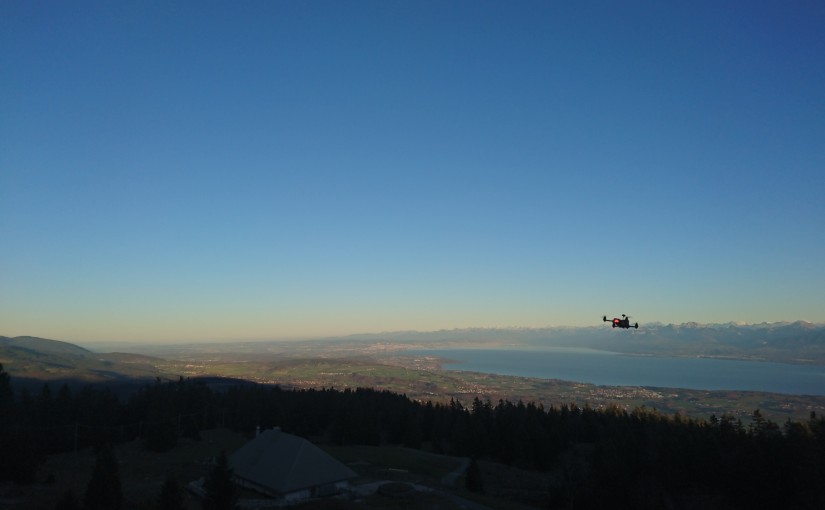Day: 22 January 2016
-

Suunto and Sports tracker collaborate.
Reading Time: 2 minutesI have been using sports tracker for years. I first used it on the Nokia N95 8GB several years ago. This was an excellent app that allowed you to track your moves using the mobile phone as a GPS. The limitation of such an app was battery life on mobile phones. The…